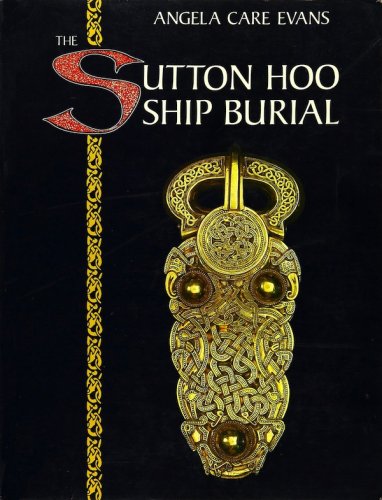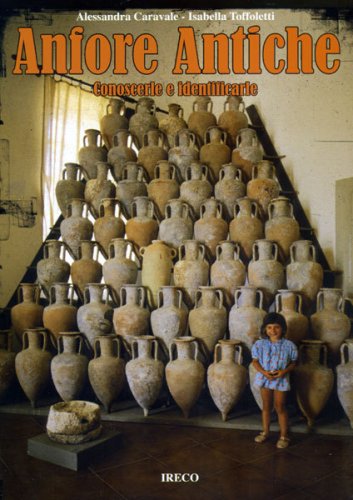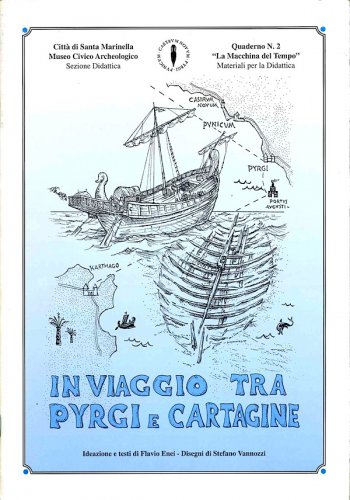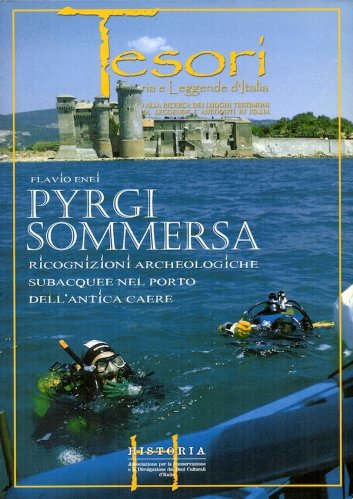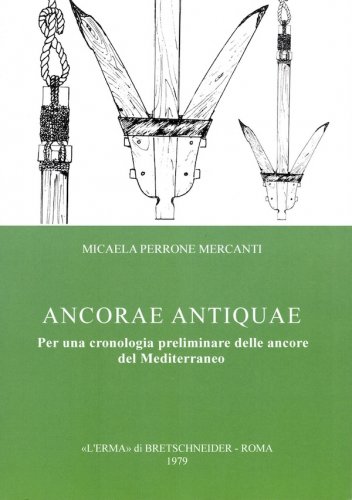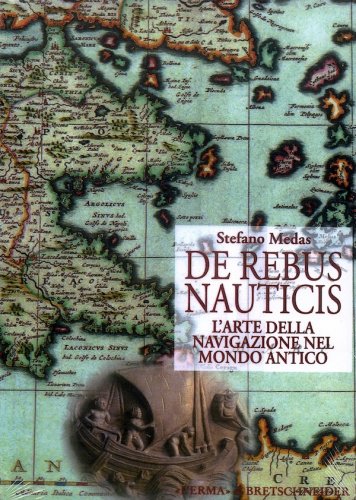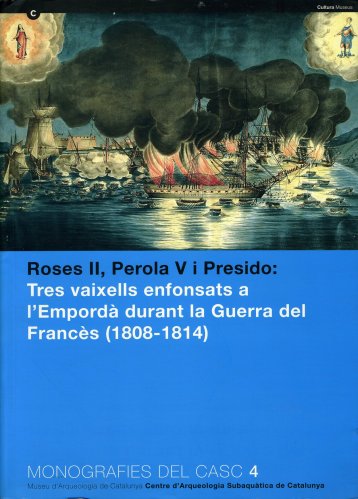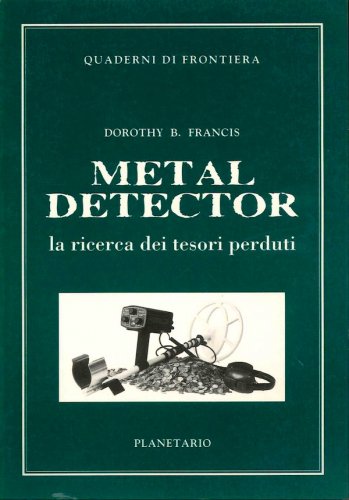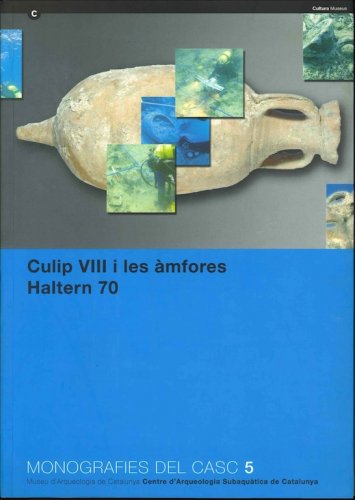Sutton Hoo ship Burial
Sutton Hoo ship Burial
- Non disponibile, richiedi informazioni sulla disponibilità
- Possibilità di reso entro 10 giorni lavorativi
- Transazione sicura con carta di credito, Paypal o bonifico bancario
- Spedizione tracciata con SDA
The summer of 1939 saw one of the most exciting archaeological finds ever dug from British soil. an undisturbed Anglo-Saxon ship burial at Sutton Hoo, near Woodbridge in Suffolk. The Ship, nearly 30m long, had been draggèd uphill from the estuary of the river Deben to a royal gravefield and buried beneath a large circular mound. Amidships, in a textile~hung chamber, a sumptuous burial was la id out. unique in its glittering wealth of jewellery and unrivalled in the variety of objects that had been selected to represent every facet of the dead man's life. Gold and garnet jewellery, silver from the Eastern Mediterranean, drinking vessels with silver gilt fittings, a magnificent helmet and parade shield, a Iyre and a sceptre were amongst the spectacular finds excavated in two hectic weeks just before the outbreak of the Second World War. Although no remains of a body survlved and no personal possessions were found, the goId and garnet regalia alone implied that the burial was that of a king. But his identity remained elusive until modern research resulted in a date of 625/30 for the latest of a collection of small gold coins found in the ship, suggesting that it may ha ve been the grave of Raedwald, king of East Anglia, who died in 624/5. In this new survey. the excavation of the ship and its contents are described and illustrated and the results of many years' research at the British Museum are summarised. Angela Care Evans also brings the story right up to date, outlining current work at Sutton Hoo and the prospects for future dlscoveries. Angela Care Evans is a member of the Department of Medieval and Later Antiquities at the British Museum, and editor of Volume 3 of the Museum's definitive publication on the Sutton Hoo Ship Burial With 8 colour and 95 black and white illustrations.

